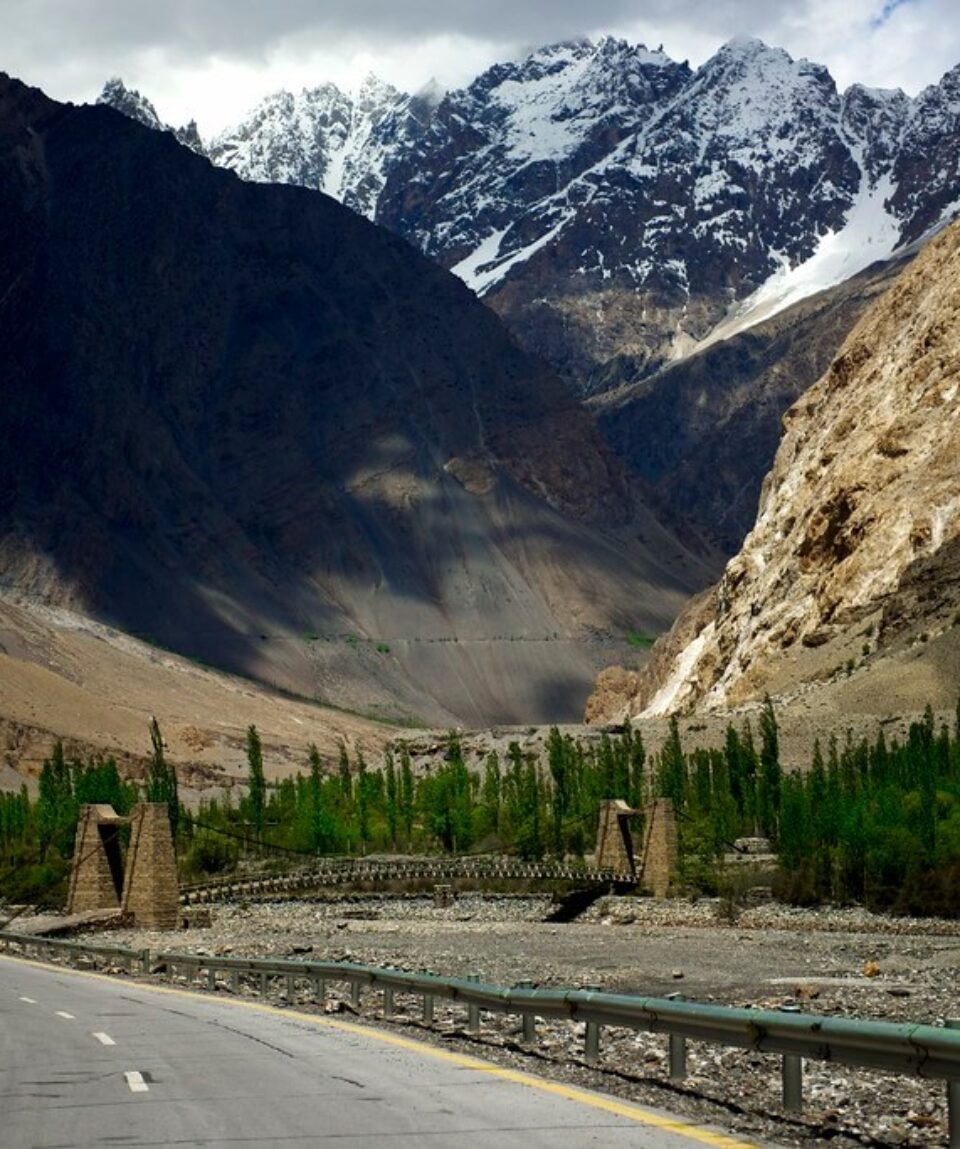Pakistan’s Karakoram Highway
fromPakistan’s Karakoram Highway winds through the beautiful Karakoram mountains, providing breathtaking panoramas and access to exhilarating activities.
-
Reviews 0 Reviews0/5
-
Vacation Style Holiday TypeFamily, Guided, Hiking, Tours & Sightseeing, UNESCO Sites
-
Activity Level Fairly Easy
-
Group Size Medium Group
The Karakoram Highway (KKH), frequently referred to as the “Eighth Wonder of the World,” is a magnificent and impressive technical achievement that spans about 1,300 kilometres (810 miles) through some of the world’s most difficult and picturesque terrain. This well-known highway runs from Kashgar in China’s Xinjiang province to Abbottabad in Pakistan, passing through the spectacular Karakoram Mountain Range and the Himalayas. The Karakoram Highway, which connects South Asia with Central Asia and China, is a crucial route for trade and transportation in the area. It also serves as a symbol of Pakistan’s extraordinary architectural expertise.
Initiated in the 1960s as a joint Pakistan-China undertaking, the construction of the Karakoram Highway took more than two decades to complete. Since then, the highway has been an essential component of Pakistan’s road system, facilitating trade between the two countries as well as economic and cultural interactions.
The extraordinary elevation of the Karakoram Highway is one of its most breathtaking features. Ascending to some of the highest altitudes attained by any paved road in the world, it travels through a range of landscapes, from the lush green valleys of Abbottabad to the dry plains of Xinjiang. The Khunjerab Pass, the highest paved international border crossing in the world, is where the highway rises to an astounding height of nearly 4,600 metres (15,000 feet) at its highest point. Travellers can observe the breathtaking grandeur of the nearby mountain peaks, including some of the highest in the world, like K2, from this pass, which acts as the border between Pakistan and China.
Given the hostile environment and difficult terrain the road must traverse, building and maintaining it is no easy task. Heavy snowfall and avalanches are common during harsh winters, whereas landslides frequently occur throughout the summer as a result of glaciers melting. The Karakoram Highway is open for the majority of the year despite these significant obstacles, though it may occasionally close briefly due to bad weather.
The Karakoram Highway offers thrill-seekers a chance to travel through a variety of breathtaking vistas. Beginning in Abbottabad, the journey meanders through gorgeous valleys and sleepy villages, giving travellers a taste of the native way of life and culture. As one travels farther north, the scenery dramatically changes, with the road twisting through small gorges, perched perilously on cliff edges, and providing expansive views of the Karakoram Range.
The historic town of Gilgit, a centre of regional trade and culture, is also traversed by the route. Visitors can tour the local bazaars, sample the cuisine, and discover more about the numerous ethnic groups that live in this region, including the Balti, Hunza, and Shina people.
The Pamir Plateau, where craggy mountains and pure lakes combine to create an otherworldly and alluring scene, greets travellers as they approach the Khunjerab Pass. The famous Marco Polo sheep and the rare snow leopard can be found in the Khunjerab National Park, which is close to the pass.
The Karakoram Highway, which overcomes the limitations of nature to link two countries and create opportunities for trade, tourism, and cultural interaction, is a tribute to human creativity and tenacity. It serves as a doorway to some of the most distant and breathtaking environments on Earth as well as a representation of the enduring friendship between Pakistan and China.
A memorable adventure filled with natural beauty, cultural riches, and a profound sense of wonder at the sheer splendour of the Himalayas and Karakoram Mountains awaits travellers who set out on this epic trek down the Karakoram Highway.
- Day 01 Arrival at Islamabad Islamabad International Airport
- Day 02 Drive into the mountains and onto Naran, in the Kaghan Valley
- Day 03 Join the Karakoram Highway and drive into the Astore Valley, crossing BabussarPass
- Day 04 Drive into the Upper Rupal Valley for a walk up to Nanga Parbat Base Camp (3550m)
- Day 05 Drive up and across the Deosai Plateau to Skardu, stopping at Satpara Buddha and Satpura Lake
- Day 06 Full day exploring the towering forts and villages of the Skardu Valley
- Day 07 Re-join the Karakoram Highway and drive to Gilgit, the heart of the Karakoram region
- Day 08 Drive to Karimabad, explore the mighty Baltit Fort, and take in the sunset over the Hunza Valley
- Day 09 Full day exploring the Hunza Valley with a walk on Hoper Glacier
- Day 10 Leave the Karakoram Highway and drive to the small town of Gupis
- Day 11 Explore the remote Yasin Valley by 4WD and on foot
- Day 12 Drive to Naran via the Babusar Pass
- Day 13 Drive back to Islamabad, visiting the UNESCO site of Taxila and then explore Rawalpindi
- Day 14 The trip ends in Islamabad
-
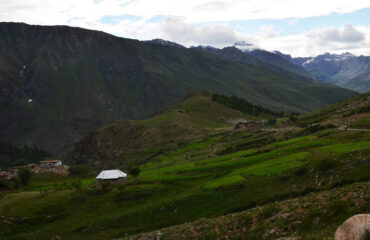 pakistan's karakoram highway
pakistan's karakoram highway
pakistan's karakoram highway
pakistan's karakoram highway
-
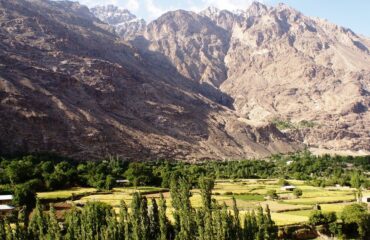 pakistan's karakoram highway
pakistan's karakoram highway
pakistan's karakoram highway
pakistan's karakoram highway
-
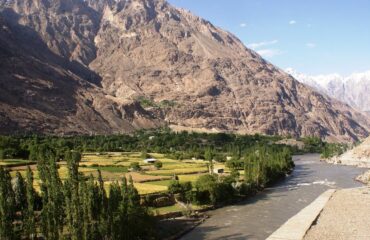 pakistan's karakoram highway
pakistan's karakoram highway
pakistan's karakoram highway
pakistan's karakoram highway
-
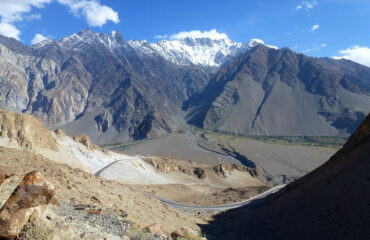 pakistan's karakoram highway
pakistan's karakoram highway
pakistan's karakoram highway
pakistan's karakoram highway
-
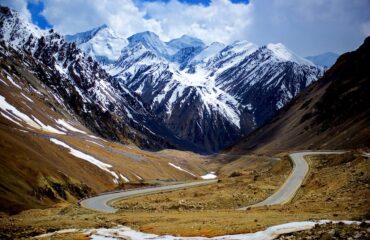 pakistan's karakoram highway
pakistan's karakoram highway
pakistan's karakoram highway
pakistan's karakoram highway
-
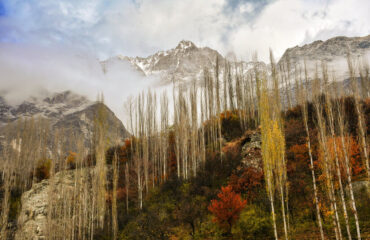 pakistan's karakoram highway
pakistan's karakoram highway
pakistan's karakoram highway
pakistan's karakoram highway
-
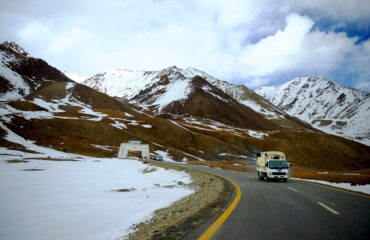 pakistan's karakoram highway
pakistan's karakoram highway
pakistan's karakoram highway
pakistan's karakoram highway
-
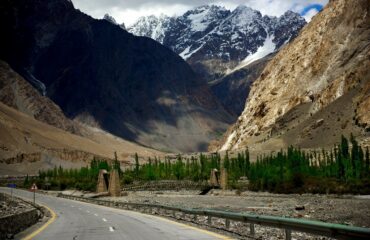 pakistan's karakoram highway
pakistan's karakoram highway
pakistan's karakoram highway
pakistan's karakoram highway
-
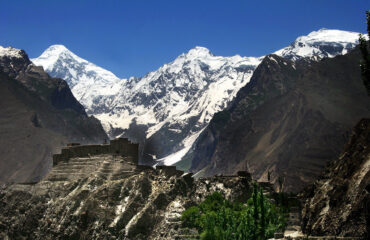 pakistan's karakoram highway
pakistan's karakoram highway
pakistan's karakoram highway
pakistan's karakoram highway
-
 pakistan's karakoram highway
pakistan's karakoram highway
pakistan's karakoram highway
pakistan's karakoram highway
| Package Confirmed Dates | Trip Status Trip Status | Price (PP) Excluding Flights | Price (PP) Including Flights | |
|---|---|---|---|---|
|
June 12, 2025 - June 25, 2025
|
Guaranteed
|
$1,700
|
N/A
|


